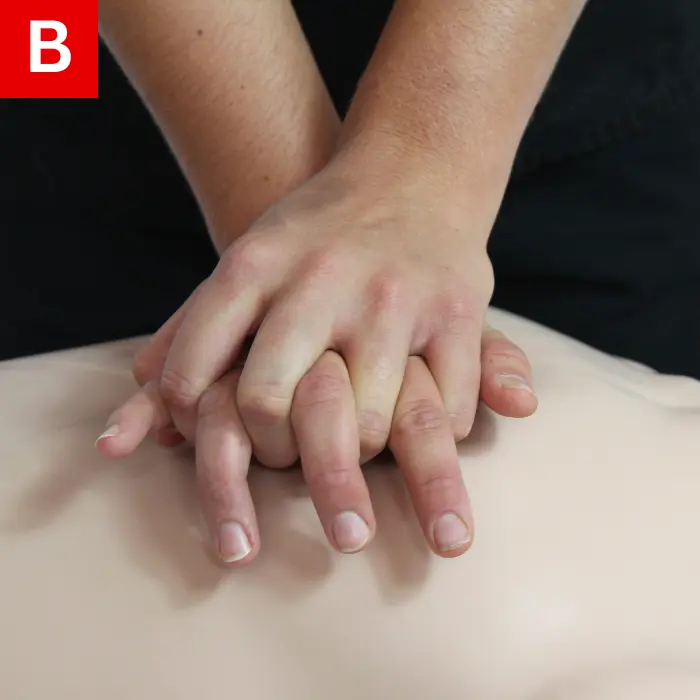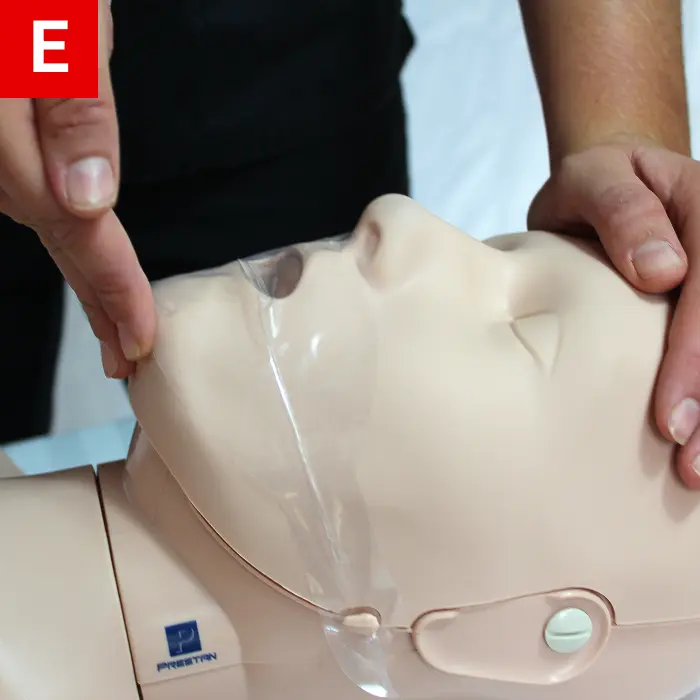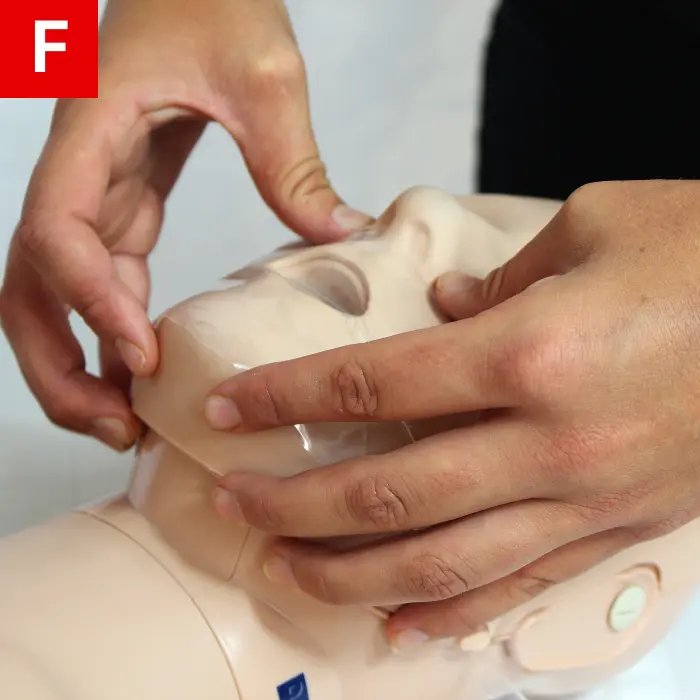One Rescuer BLS for Adults
Safety First
- If inside, watch for dangers such as construction debris, unsecured weapons, violent individuals, electrical hazards.
- If outside, watch out for downed electrical wires, leaking fuel from car accidents, building collapse, or natural disaster/dangerous weather conditions. (Drowning persons should be removed from the water and dried off; they should also be removed from standing water, such as
puddles, pools, gutters, etc.). - Keep your own safety in mind.
Assess the Patient
- Tap hard on their shoulder and shout “Hey, are you OK?” Yell their name if you know it.
- Check if there is breathing. (Occasional gasping, known as agonal breathing, should not be counted as breathing.)
Call EMS
- Send another person for help and to retrieve an AED.
- When alone, call out for help while checking the patient’s pulse and breathing. (The ILCOR stresses the importance of cellphones with built-in speakerphones, allowing you to call for assistance without abandoning the patient.)
CPR
- Check pulse simultaneously with checking for breathing. Do not pause more than 10 seconds to check for breathing and pulse.
- Deliver chest compressions and breaths immediately.
Defibrillate
- Turn on the AED upon arrival and attach the pads when directed.
- Pay attention to and administer the steps as they are directed.






Figure 4
CPR Steps
- The carotid pulse should be checked on the side of the neck (Figure 4a). Don’t waste time feeling for a pulse longer than 10 seconds. Even if you do not feel the pulse, start a cycle of CPR with two breaths and 30 chest compressions.
- The heel of one hand should rest on the lower half of the sternum (Figure 4b).
- The other hand should be above the first (Figure 4c).
- Straighten your arms and press down (Figure 4c). Each compression should reach 2 to 2.4″ (5 to 6 cm) into the patient’s chest, with a rate of 100 to 120 compressions per minute.
- Between each compression, stop pressing and allow the chest wall to recoil naturally. Do not lean or rest on the chest between compressions, as this prevents the heart from refilling between compressions, making CPR less effective.
- Tilt the head and lift the chin to open the airways after 30 compressions (Figure 4d &4e).
-
Tilt the head back after putting your hand on the patient’s forehead.
-
Lift the jaw with your index and middle fingers on the lower jaw (Figure 4f).
-
- Watch the chest rise and give a breath. Do this again while administering a second breath.
- Chest compressions should then be resumed. Switch between compressions and rescue breaths while minimizing interruptions in the compressions.
